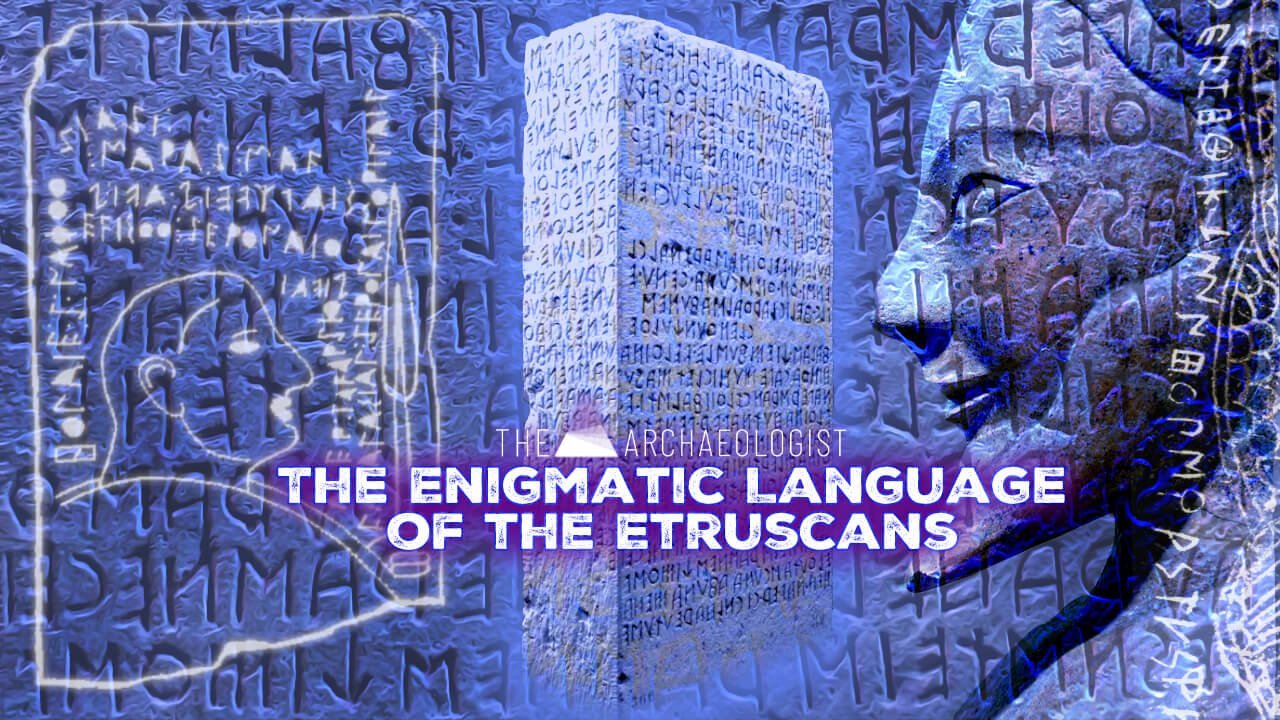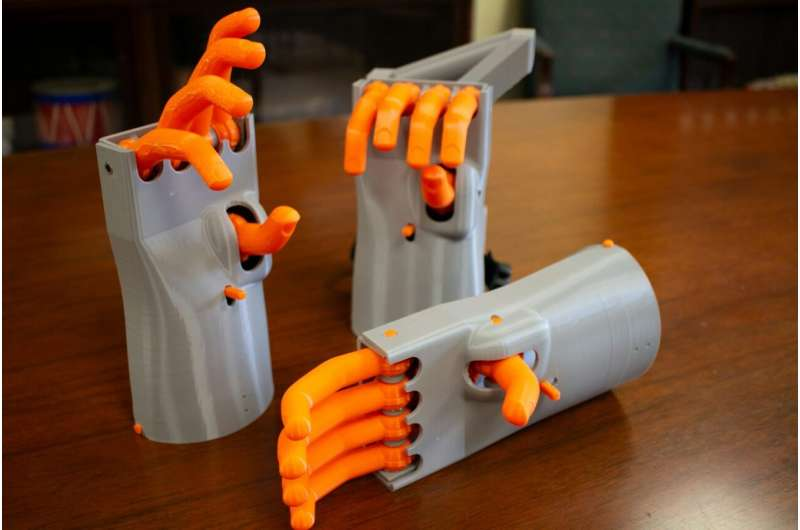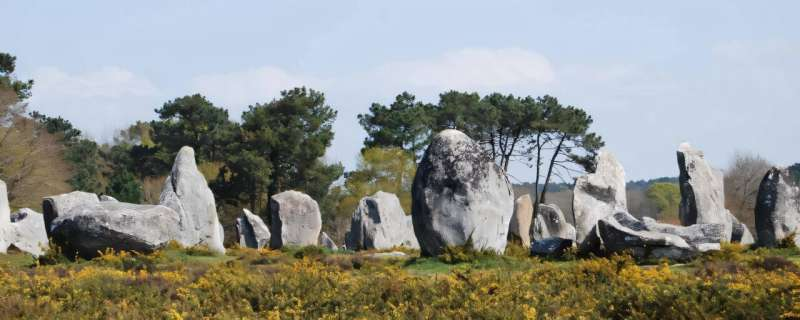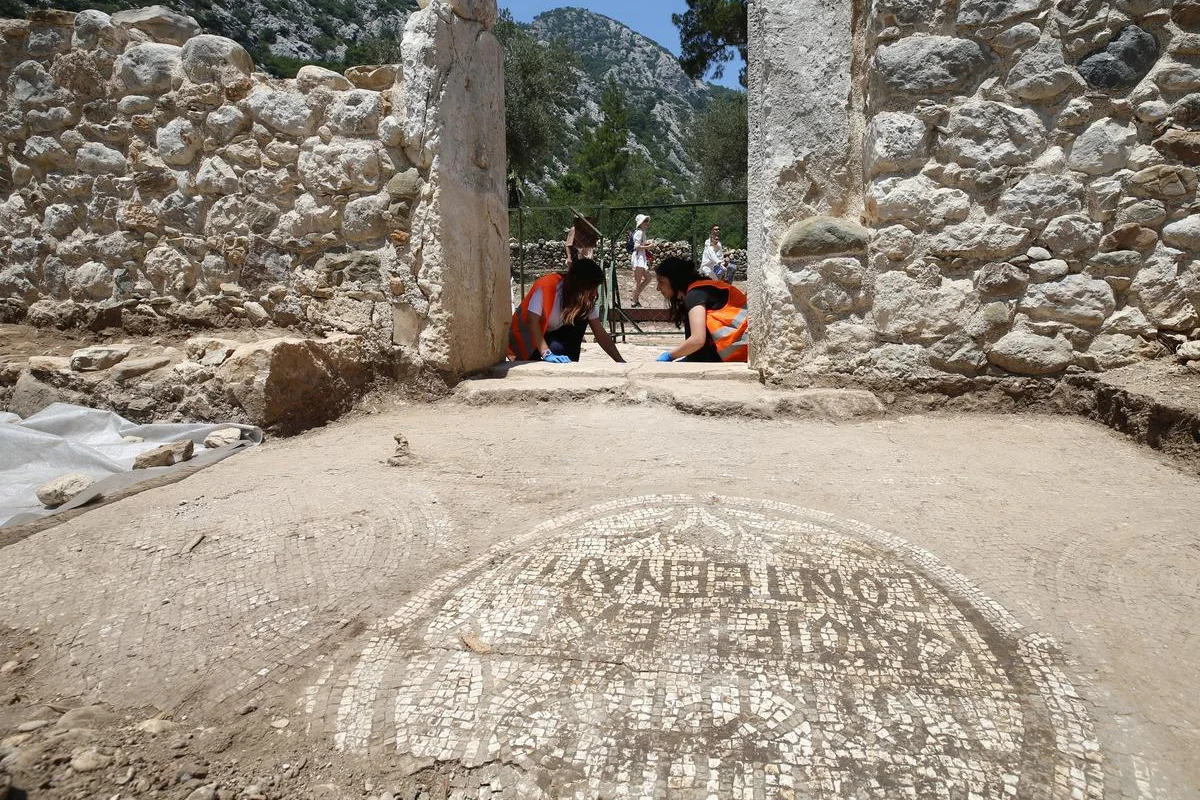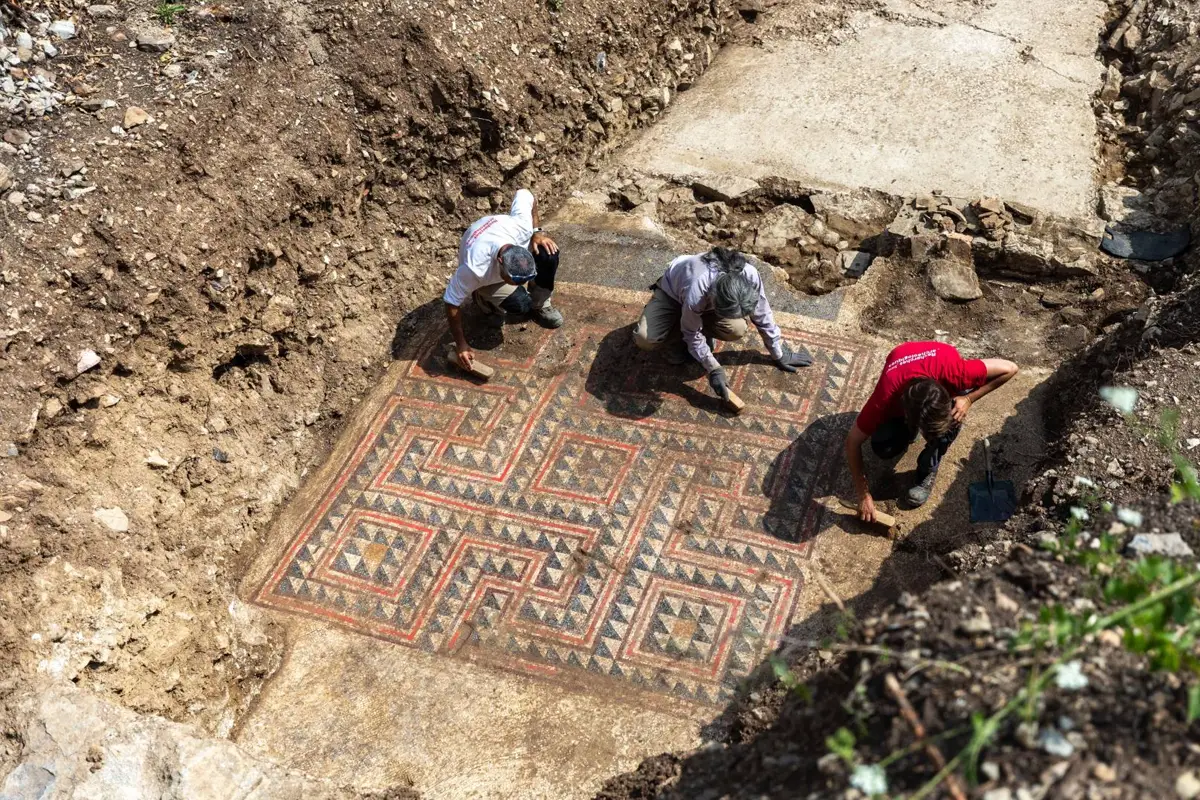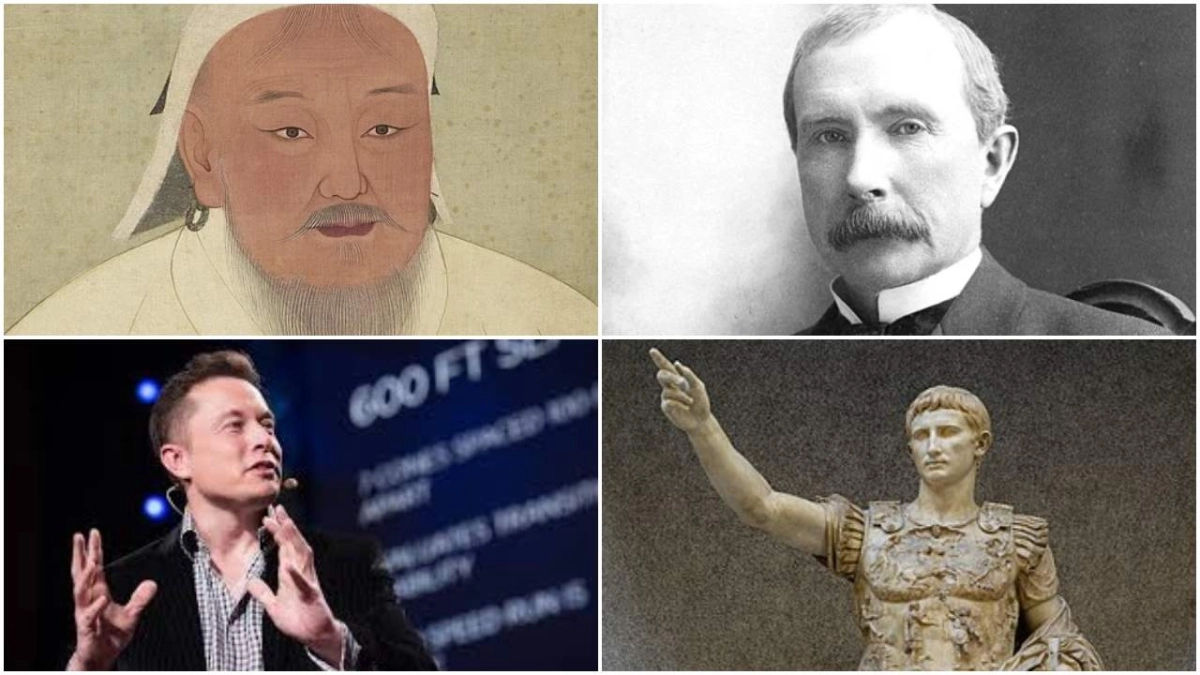The "Tomb of the Whipping" is an eminent Etruscan burial site that is part of the larger Necropolis of Monterozzi, located near Tarquinia, Italy. Dated to around 490 B.C., this tomb provides a unique glimpse into the funerary practices and cultural expressions of the Etruscan civilization, a major influence on early Roman culture.
Structurally, the tomb is comprised of a single chamber, which is notable for its ceiling with double scope, an architectural feature that enhances the sense of depth and space within the burial context. The tomb is accessed by a dromo, a passageway with steps that leads the visitor into the depths of the necropolis, further evoking a journey to the underworld.
The interior decoration of the tomb is rich with symbolic imagery and iconography. The tympanum of the end wall is particularly striking, featuring two groups of fighting animals on either side of the central beam supports—a lion and a deer. This scene, possibly evoking the themes of nature’s eternal struggle and the cycle of life and death, is characteristic of the vibrant Etruscan art that often depicts such dynamic interactions.
Central to the tomb’s iconography is the concept of the false door, which is represented on the end wall and on each of the lateral walls. The false door serves as a symbolic portal to the afterlife, signifying the belief in the deceased's transition from the world of the living to that of the dead.
Adjacent to these false doors, the end wall hosts depictions of a harpist and a dancer, images that may be interpreted as representations of funerary rituals or as symbols of the joy and festivities that the deceased enjoyed in life and would continue to enjoy in death.
On the left wall, figures known as comastes are depicted. These individuals, often shown in Etruscan art, are characterized by their exuberant poses and are thought to represent revelers or attendants at a symposium, further emphasizing the theme of celebration.
The right wall presents the most discussed aspect of the tomb: two erotic scenes, each flanked by a false door. The depiction of these explicit acts has been subject to various interpretations. One scene suggests the possibility of sexual intercourse, while the other depicts a woman in a submissive posture, engaging with two men in a manner that suggests both eroticism and violence. The presence of a whip, held by one of the men, gives the tomb its name and suggests that these acts may have had a ritualistic element.
The erotic scenes within the Tomb of the Whipping are thought to serve an apotropaic function, aimed at warding off evil spirits and demons from the resting place of the deceased. Such imagery was not uncommon in Etruscan tombs and is indicative of the Etruscan belief in the power of sexuality and fertility as forces of life that stand in stark contrast to death. This duality is a recurring theme in their funerary art.
The walls also feature dancers and a nude boxer, motifs that celebrate human vitality and physical prowess. These figures could be interpreted as symbolic guardians of the tomb or as representations of the deceased's virtues and attributes.
The Tomb of the Whipping provides invaluable insights into Etruscan beliefs about the afterlife, the significance of funerary art, and the cultural mores of a society that laid much of the groundwork for Roman civilization. Through its vivid and somewhat enigmatic depictions, the tomb continues to fascinate historians, archaeologists, and art enthusiasts, serving as a poignant reminder of a civilization that deeply valued the celebration of life, even in the context of death.





